Tales From the Appalachian Trail
The stories of ten hikers who have traveled the 2,000-mile-path through the eastern United States tell the history of the trail
/https://tf-cmsv2-smithsonianmag-media.s3.amazonaws.com/filer/Appalachian-Trail-631.jpg)
At 2,178 miles, the Appalachian Trail is the nation’s longest marked footpath. Starting at Springer Mountain in Georgia, it crosses 14 states, six national parks and eight national forests on its way north to Maine’s Mount Katahdin. But despite the trail’s daunting length, more than 10,000 people—called “2,000-milers”—walked it in its entirety, in sections over time or as a whole. In light of “Earl Shaffer and the Appalachian Trail,” an exhibition honoring the first person to hike the trail in one continuous trip (at the Smithsonian National Museum of American History through October 11), we take a moment to reflect on the trail’s groundbreakers, record holders and legendary characters.
1. The Founder
The Appalachian Trail was the brainchild of Benton Mackaye a land-use planner. Mackaye, who grew up about 30 miles west of Boston in Shirley Center, Massachusetts, was no stranger to mountains. The first peak he “bagged,” as climbers say, was Mount Monadnock, just a few miles away in New Hampshire. And after graduating from Harvard in 1900, he and a classmate hiked what would later become Vermont’s Long Trail through the Green Mountains. As the story goes, Mackaye was sitting in a tree atop Stratton Mountain in Vermont when the notion came to him of a trail following the Appalachian Mountains from Maine to Georgia. The editor of the Journal of the American Institute of Architects convinced Mackaye to write an article about his idea. Published in October 1921, “An Appalachian Trail, A Project in Regional Planning” fleshed out Mackaye’s vision. More than just a walking path, his Appalachian Trail was to be a destination where East Coast city dwellers could go to get back to nature—a place for recreation, recuperation and as he ever so transcendentally put it, “to walk, to see and to see what you see.”
2. The Trail Blazer
Benton Mackaye may have been a thinker, but it took a doer to turn his vision into a reality. Myron Avery, a maritime lawyer and avid hiker from Washington D.C., took lead of the project in 1930, mapping the trail’s route and organizing crews of volunteers to build it. If his reputation serves him right, he wasn’t the most amiable of men. Bill Bryson wrote in his book A Walk in the Woods that someone had once claimed Avery blazed two trails between Georgia and Maine: “One was of hurt feelings and bruised egos. The other was the A.T.” But Avery did manage to complete the trail in a mere seven years; the last swath on the south side of Sugarloaf Mountain in Maine was cleared in 1937. Having rolled a measuring wheel over most of it, taking notes for future guidebooks, Avery was the first person to hike the entire Appalachian Trail. He did it over the course of 16 years, from 1920 to 1936.
3. The First Thru-Hiker
Essentially, there are two breeds of Appalachian Trail hikers: section hikers and “thru” hikers. Section hikers, like Myron Avery, hike the Appalachian Trail in pieces, often over the course of years, whereas thru hikers take on all 2,178 miles in one trip. In 1948, when people had their doubts that such a feat was possible, Earl Shaffer from York County, Pennsylvania, completed the first known thru hike. Having read about the trail in an outdoor magazine, Shaffer, a World War II veteran fresh out of the service, decided that it would be a good way to “walk the army out of [his] system.” Without guidebooks, only road maps and a compass, he left for his “Long Cruise,” as he called it, on April 4, from Mount Oglethorpe, the A.T.’s original southernmost point in Georgia. Averaging 16.5 miles a day, he reached Mount Katahdin 124 days later. The moment, for him, was bittersweet. “I almost wished that the Trail really was endless, that no one could ever hike its length,” wrote Shaffer in his book Walking with Spring. He caught the bug. In 1965, he would hike the trail again, this time from Maine to Georgia, becoming the first person to walk the trail in both directions. And, then, in 1998, at age 79, he hiked it yet again.
4. The First Female Thru-Hiker
When Emma Gatewood set out to hike the Appalachian Trail in 1954, no women—and only five men—had ever hiked it continuously. The farmer, mother of 11 children and grandmother of 23 was in her mid-60s at the time, earning herself the trail name “Grandma Gatewood.” She had never hiked a mountain in her life, but that July, she started in Maine, with the formidable 4,292-foot tall Mount Katahdin, and every intention of going “a ways” down the A.T. In two days, she was lost. After running out of food, she turned up days later back on the trail at Rainbow Lake, where she had made her wrong turn. Reportedly, she told a Maine Forest Service ranger that she wasn’t lost, just misplaced. The incident spooked her though, and she went home to Ohio. The following spring, however, she was back at it, this time starting in Georgia. Five months later, on September 25, 1955, the 67-year-old finished the entire trek. “I would never have started this trip if I had known how tough it was, but I couldn’t, and wouldn’t quit,” she told Sports Illustrated. Grandma Gatewood would thru-hike the A.T. a second time in 1957 and a third in 1964.
5. Trail Celebrations
The Appalachian Trail has its dangers: poisonous snakes, bears, lightning storms, diseases like giardia and Lyme’s, even murder. But the trail certainly celebrates life. In 1978, thru hikers Richard and Donna Satterlie found out while hiking through Hot Springs, North Carolina, that Donna was carrying a child. She was seven and a half months pregnant by the time she hiked Mount Katahdin. In honor of their accomplishment, they named their baby girl Georgia Maine. And it was in Cathedral Pines, a stand of white pines in Cornwall, Connecticut, once part of the Appalachian Trail, that avid hikers Mike Jacubouis and Cara Perkins got married. About 60 guests were in attendance, wearing “comfortable hiking clothes,” as the invitation suggested, and the bride and bridegroom wore denim and hiking boots. The Rev. Bill Kittredge of Lewiston, Maine, read an excerpt of Henry David Thoreau’s Walden, including his words, “We can never have enough nature.”
6. Hikers, Young and Old
Believe it or not, there have been older 2,000-milers than Grandma Gatewood. Ernie Morris started section hiking the A.T. when he was 82 years old and finished in 1975 at age 86, becoming the oldest man to have hiked the trail. The oldest thru hiker is Lee Barry, who completed his fifth hike (three were section and two were thru hikes) in 2004 at the age of 81. Nancy Gowler, the oldest female thru-hiker, completed her second in 2007, at age 71. As for the youngest, 6-year-old Michael Cogswell hiked the entire trail with his parents in 1980. Another 6-year old boy tied his age record in 2002. And an 8-year-old girl became the youngest female A.T. hiker in 2002.
7. The Good Samaritan
In her lifetime, Genevieve Hutchinson only walked a bit of the Appalachian Trail, picking wild flowers one day on Bald Mountain in Massachusetts. Nevertheless, she was a legend on the trail, and her house in the A.T. town of Washington, Massachusetts, a welcoming watering hole. Guidebooks often directed hikers to Hutchinson’s home from a lean-to about a half-mile away. She’d have visitors sign a register, marking thru hikers with a red star, and she kept a scrapbook of photographs, postcards and letters from hikers she met. She cherished her relationships with them and even wrote a memoir called “Home on the Trail,” not for publication, but, as she put it, “for my family, so they’ll know what it has meant to me to live here on the Trail.” Hutchinson lived to be 90 years old, passing away in 1974.
8. The Record Breakers
It might go against the spirit of Benton Mackaye’s “stop and smell the roses” philosophy, but for some, just walking the trail isn’t enough. They need to be the fastest one to thru-hike it. The trend really took off when two hikers, David Horton and Scott Grierson, hiked the trail neck and neck, vying for a speed record in 1991. Grierson, a hiker from Bar Harbor, Maine, had a two-day head start on Horton, an ultramarathoner. But the two had different strategies, and Horton, who walk-ran 10-11 hours per day eventually gained on Grierson, who walked 16-17 hours per day. Ultimately, Horton finished in 52 days 9 hours and Grierson in 55 days 20 hours 34 minutes. Horton held the record until 1999, when ultrarunner Pete Palmer smashed it, hiking the trail in 48 days 20 hours and 11 minutes. Palmer held it for six years, but speed hiker Andrew Thompson broke it in 2005, completing his thru hike in 47 days 13 hours 31 minutes. In 2008, 25-year-old Jennifer Pharr Davis set the female record: 57 days 8 hours 35 minutes.
9. The First Blind Thru-Hiker
“For most hikers, the rewards of the Appalachian Trail were primarily visual,” writes Bill Irwin in his book Blind Courage. But Irwin had an entirely different experience. He lost his sight in his mid-30s from a degenerative disease, and in 1990, at age 49, became the first blind person to hike the entire Appalachian Trail. With the help of his Seeing Eye dog, Orient, Irwin hiked it over the course of eight and a half months, falling an estimated 5,000 times along the way. “I never enjoyed the hiking part,” writes Irwin. “It was something I felt compelled to do. It wasn’t my choice.” He had struggled with troubled relationships and alcoholism, and with blindness came a loss of independence and deep depression. But for Irwin, the miraculous feat of doing it was a life-changing event.
10. A Writer in the Woods
When travel writer Bill Bryson moved to Hanover, New Hampshire, in 1995, after living in Britain for 20 years, he experienced culture shock. Happening upon a nearby trailhead to the Appalachian Trail one day, he got the idea to hike it and reacquaint himself with America. After telling his family, friends and publisher (he would later write A Walk in the Woods, a New York Times bestseller recounting his trip) about his plan, he got a call from Stephen Katz, a childhood friend from Iowa, who wanted to join him. An overweight, Little-Debbie-loving guy, Katz was an unlikely hiker, but Bryson agreed to his coming along. After all, his company, as well as that of the characters they would meet along the way, provided fodder for Bryson’s signature humor. The two set out on March 9, 1996, traveling south to north. But by Gatlinburg, Tennessee, they came to terms with the fact that they were never going to walk the entire way to Maine. They revised their plan and decided that they would walk the Appalachian Trail, just not all of it (joining the nearly 90 percent of thru hikers who never make it). They’d hike sections in between stints at home, nights in motels or occasional pit stops. In the end, Bryson trekked 870 miles, or 39.5 percent of the A.T. He regrets never making it to Mount Katahdin or looking real danger in the eye. But he gained an admiration for those who have, a respect for the beauty of the wilderness and a good deal of patience, strength and perspective.
Editor's Note: This article erroneously placed Mt. Monadnock in the White Mountains. It is not a part of any mountain range, according to the New Hampshire State Park Service. The article has been modified to fix the error.
Related Books

A Walk in the Woods: Rediscovering America on the Appalachian Trail
/https://tf-cmsv2-smithsonianmag-media.s3.amazonaws.com/accounts/headshot/megan.png)
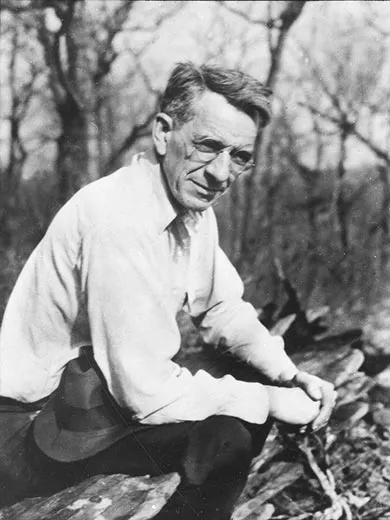
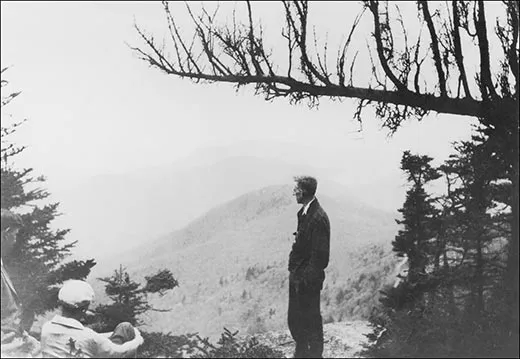
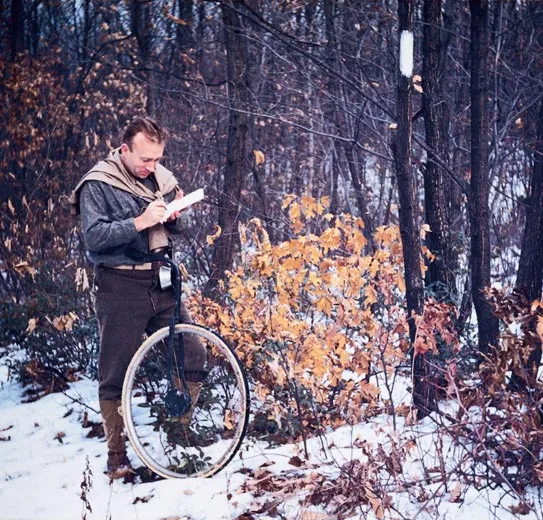
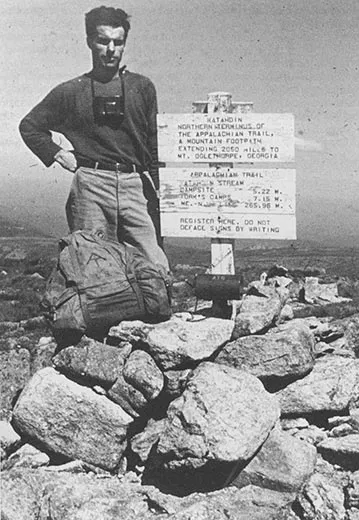
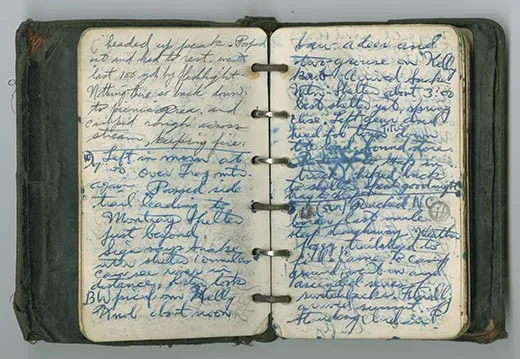
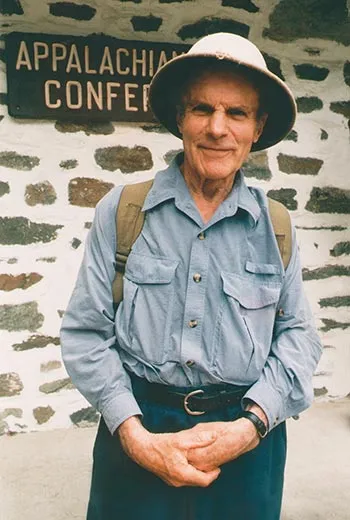
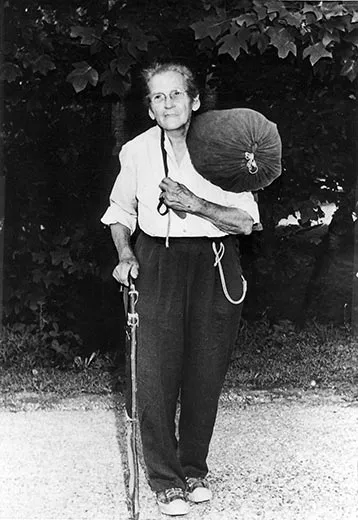
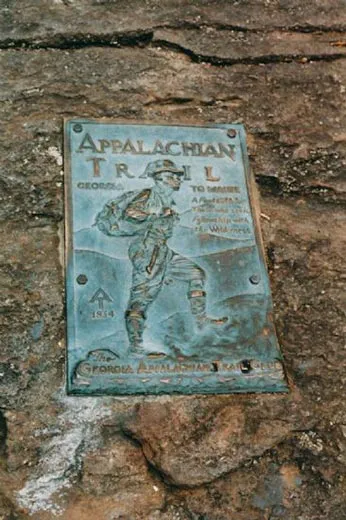
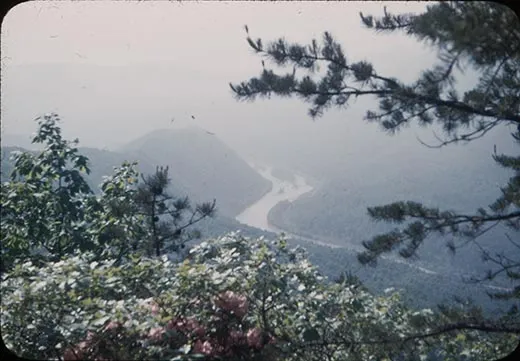
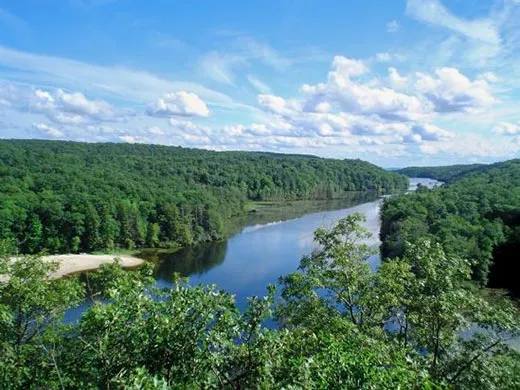
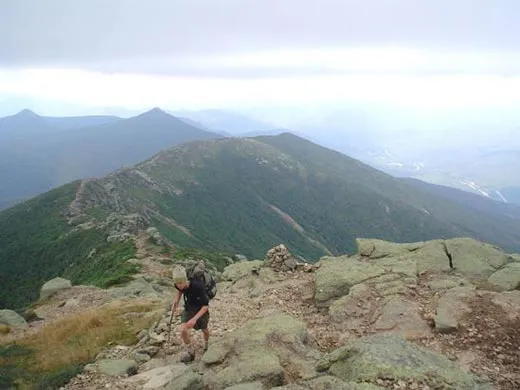
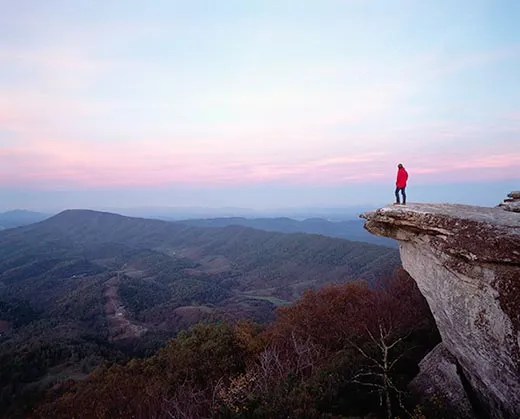
/https://tf-cmsv2-smithsonianmag-media.s3.amazonaws.com/accounts/headshot/megan.png)